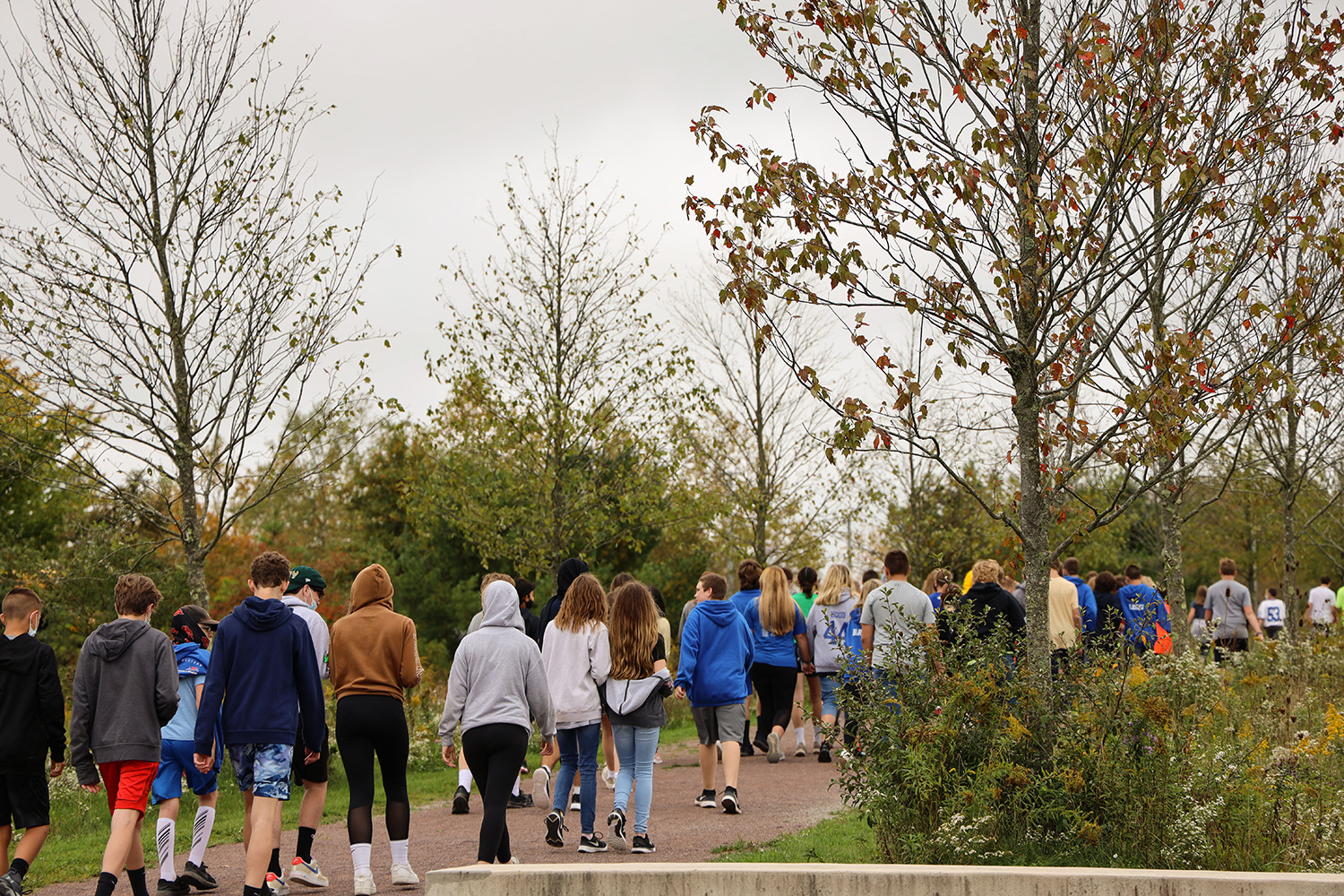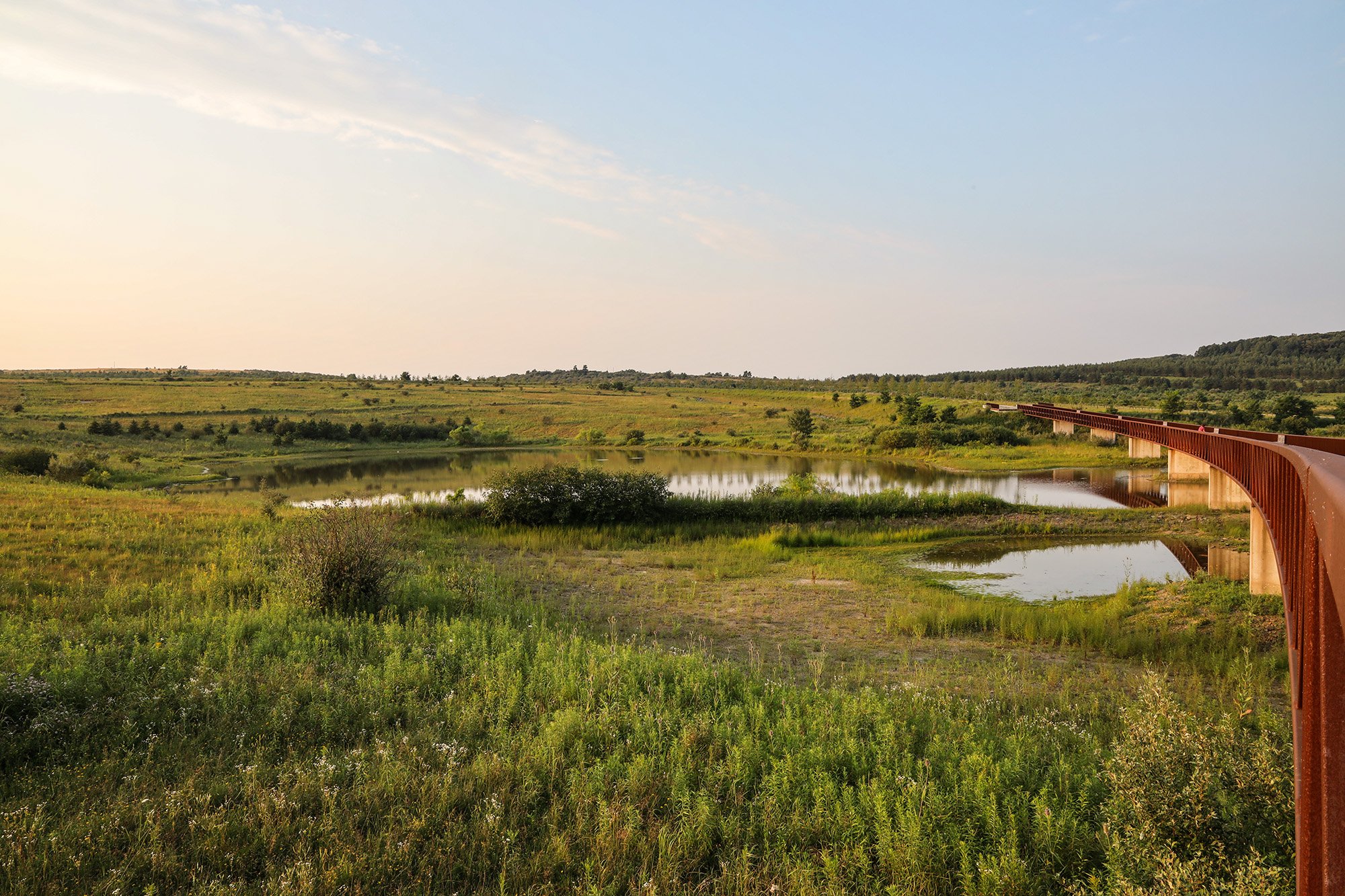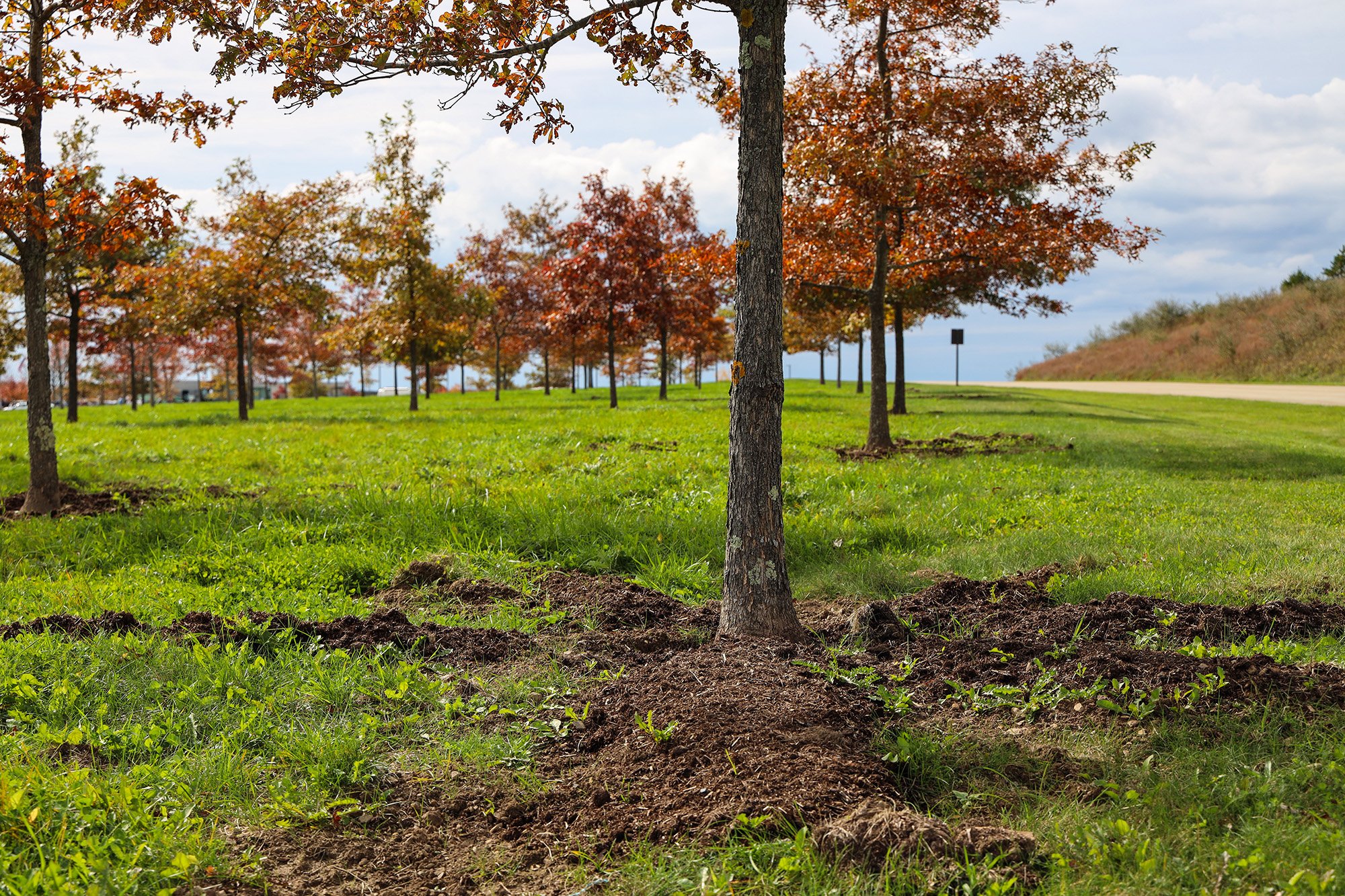2022 Plant a Tree
2022 Plant a Tree
Friends of Flight 93 National Memorial Prepared for Final Year of Plant a Tree Event!
Friends of Flight 93 National Memorial, along with the National Park Service and the National Park Foundation, geared up for the 10th and ultimate year of Plant a Tree at Flight 93. The event aligned with EARTH DAY, National Park Week, and National Volunteer Month.
In 2022, the partnership will accomplish the initial goal of planting 150,000 indigenous trees over ten years. The conservation memorial is part of the original design and aims to recover the former surface mine with native trees to help re-establish wildlife habitats, create essential windbreaks, and complete the healing of the memorial landscape.
Approximately 500 volunteers planted nearly 14,000 seedlings across 20 acres. Since 2012, more than 3,000 volunteer hours have been dedicated to planting various native trees and shrub species across 197 acres. Volunteers are the foundation of this significant reforestation project.
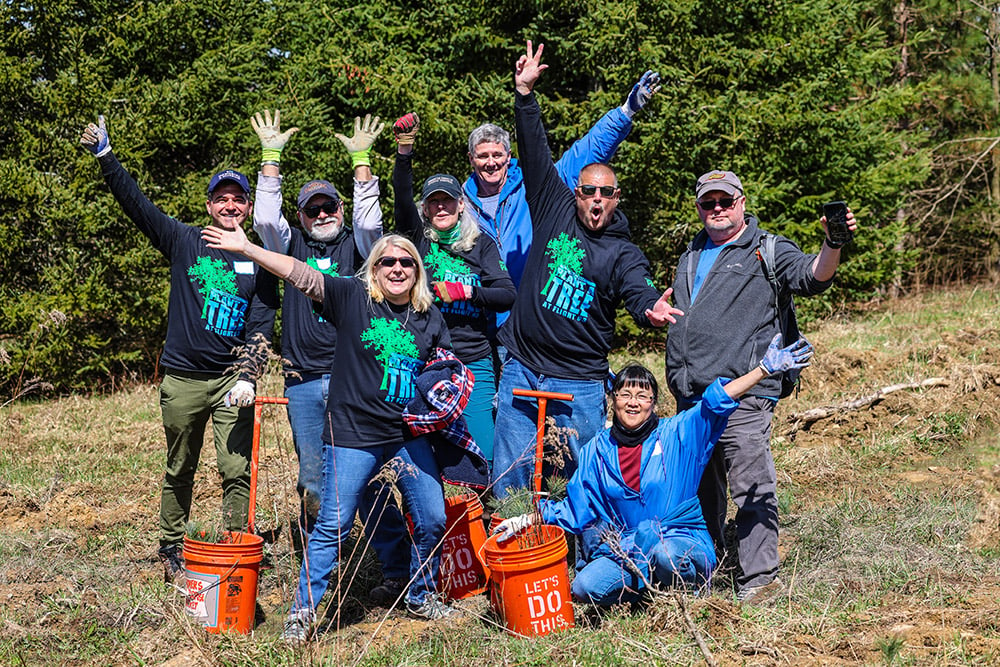
The Fight for Trees at Flight 93
Educational Lessons and a Struggle for Survival
To celebrate the planting of 150,000 trees, the Friends are offering a new program called "What's Eating the Trees?" specifically designed for upper elementary and middle school students. The lessons aim to educate students about the significance of trees in the environment and discuss invasive species, their effect on the environment, and potential mitigation methods.
At Flight 93 National Memorial, the Hemlock Grove is an essential component of the memorial and a crucial part of the Flight 93 crash site. The Eastern Hemlock trees in the grove are recovering from a jet fuel fire that severely damaged them 20 years ago. However, Wooly Adelgids, an invasive insect, are now attacking the Hemlock Trees. These pests can kill a hemlock tree within 3-5 years of infestation, posing a significant threat to the grove's survival.
**Now Available**
What's EATING the Trees?
(click title above for PDF download)
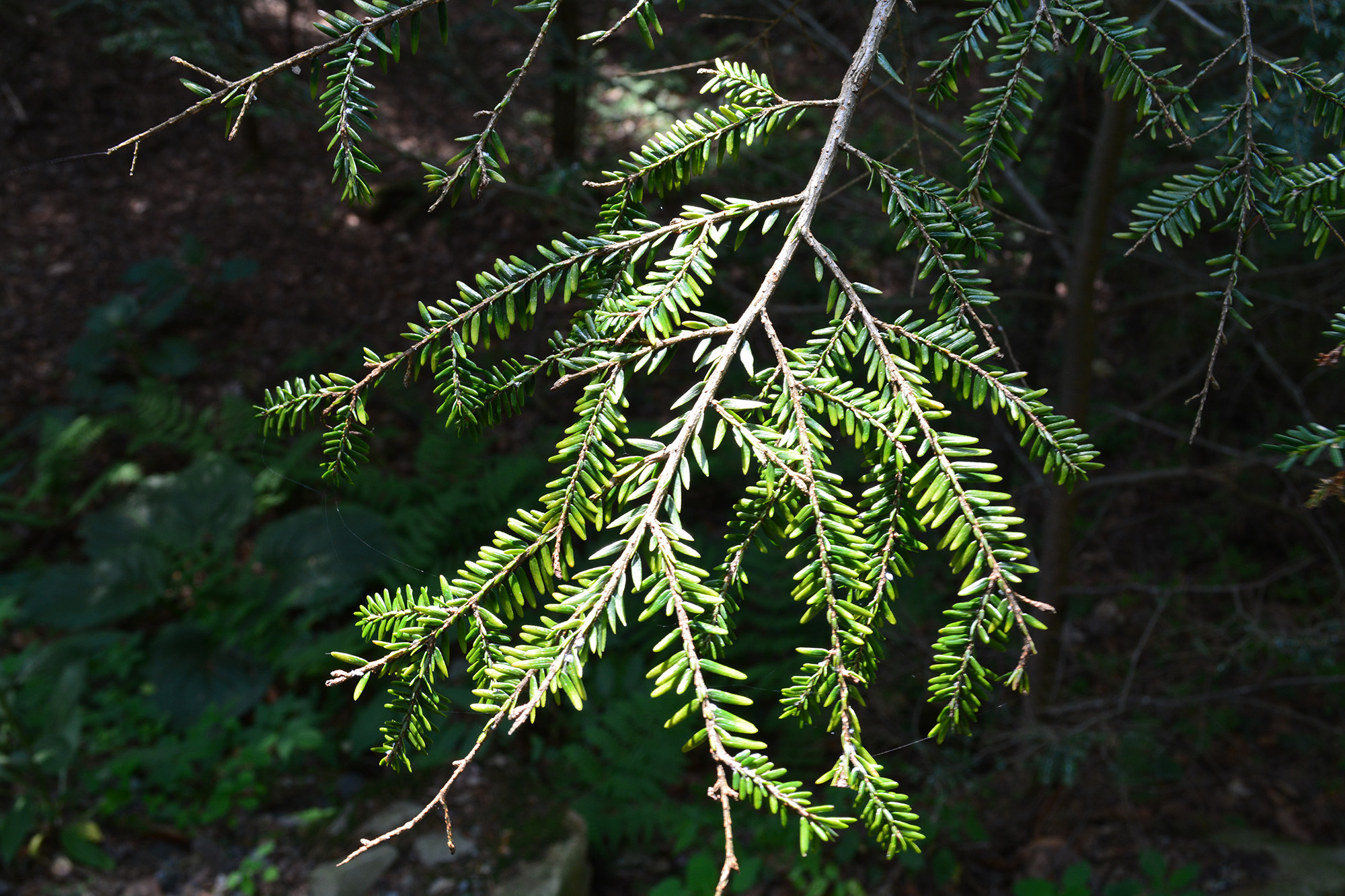
Environmental Education
Bees and birds play a vital role in balancing natural biodiversity. The symbiotic relationship between bees and all flowering plants is what balances our ecosystem. For example, Flight 93 National Memorial is a former surface coal mine. The bees and birds help to restore the memorial grounds and the crash site to their natural state. When Flight 93 crashed on September 11, 2001, it burned a small hemlock grove located on nearly 40 acres of ground that became the crime scene investigation area. This area is now considered sacred ground and the passengers' and crew members' final resting place. The Pollinator Program will ensure that the natural habitat and ecosystems of the memorial are environmentally restored and will create a living memorial landscape that will continue telling the story of Flight 93 for generations to come.
Several passengers and crew members on United Flight 93 were passionate about the environment, and a handful was traveling for personal trips that involved the outdoors. Alan Beaven was an ardent environmental litigator who prosecuted Clean Water Act violators. Richard Guadagno spent 17 years in environmental protection as a member of the U.S. Fish & Wildlife Service. Christine Snyder was an arborist and worked for The Outdoor Circle, Hawaii's oldest non-profit environmental group. Four passengers were traveling to Yosemite National Park (William Cashman, Patrick Driscoll, Donald & Jean Peterman) to hike and enjoy the beauty. Donald Greene was headed to Lake Tahoe for the same reasons. As Flight 93 National Memorial's living memorial landscape is restored, we honor all 40 passengers and crew members.
